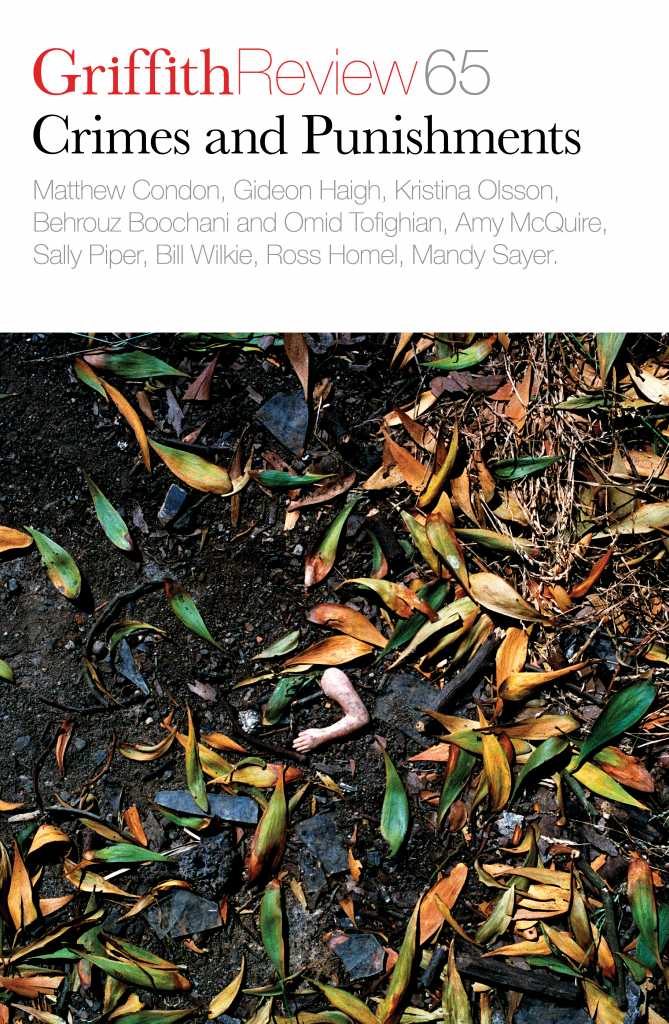ONE HUNDRED YEARS ago, colonial criminal law applied to Indigenous people in the bush was rough justice, if it was any sort of justice at all. Historical surveys describe police officers and judges visiting remote communities in a whirlwind of terrifyingly swift and often arbitrary criminal punishment.[i] Over half a century later, in the 1970s, ‘bush courts’, as they came to be known, were more formally incorporated into the criminal justice system. Even then, the courts still focused on efficiency rather than justice. Accounts from that time include descriptions of court hearings in the Alice Springs region where Aboriginal defendants were herded together like cattle for group sentencing exercises unlike anything permitted in the southern capitals.[ii] Now, another fifty years later, we have come some way, but not so far as we might like to believe. People living in remote Indigenous communities continue to be afforded a second-class justice system, the reality of which is largely unknown beyond those communities and the lawyers that service them.
The colonial frontier in Australia was a largely lawless zone, at least in the sense of ‘law’ as white Australians use that word. There was law and order of sorts, but it was a law of individual application. Powerful white colonials on the frontier would determine which crimes involving Indigenous people ought to be prosecuted, and which excused or ignored. If the whim of those in power tended against the Indigenous person then they might be shackled and transported to the closest colonial outpost with a courthouse. This sometimes meant that people in Alice Springs were marched hundreds of kilometres to board trains ultimately bound for courts on the South Australian coastline.[iii] The 1905 Western Australian Report of the Royal Commission on the Condition of the Natives described police indiscriminately arresting Aboriginals and shackling them in chains. The report was scathing: ‘Your Commissioner has received evidence which demonstrates a most brutal and outrageous state of affairs… Children of from 14 to 16 years of age are neckchained…in addition to neck chains, the prisoner may be still further secured with cuffs on his wrists…or on his ankles.’[iv]

Already a subscriber? Sign in here
If you are an educator or student wishing to access content for study purposes please contact us at griffithreview@griffith.edu.au





